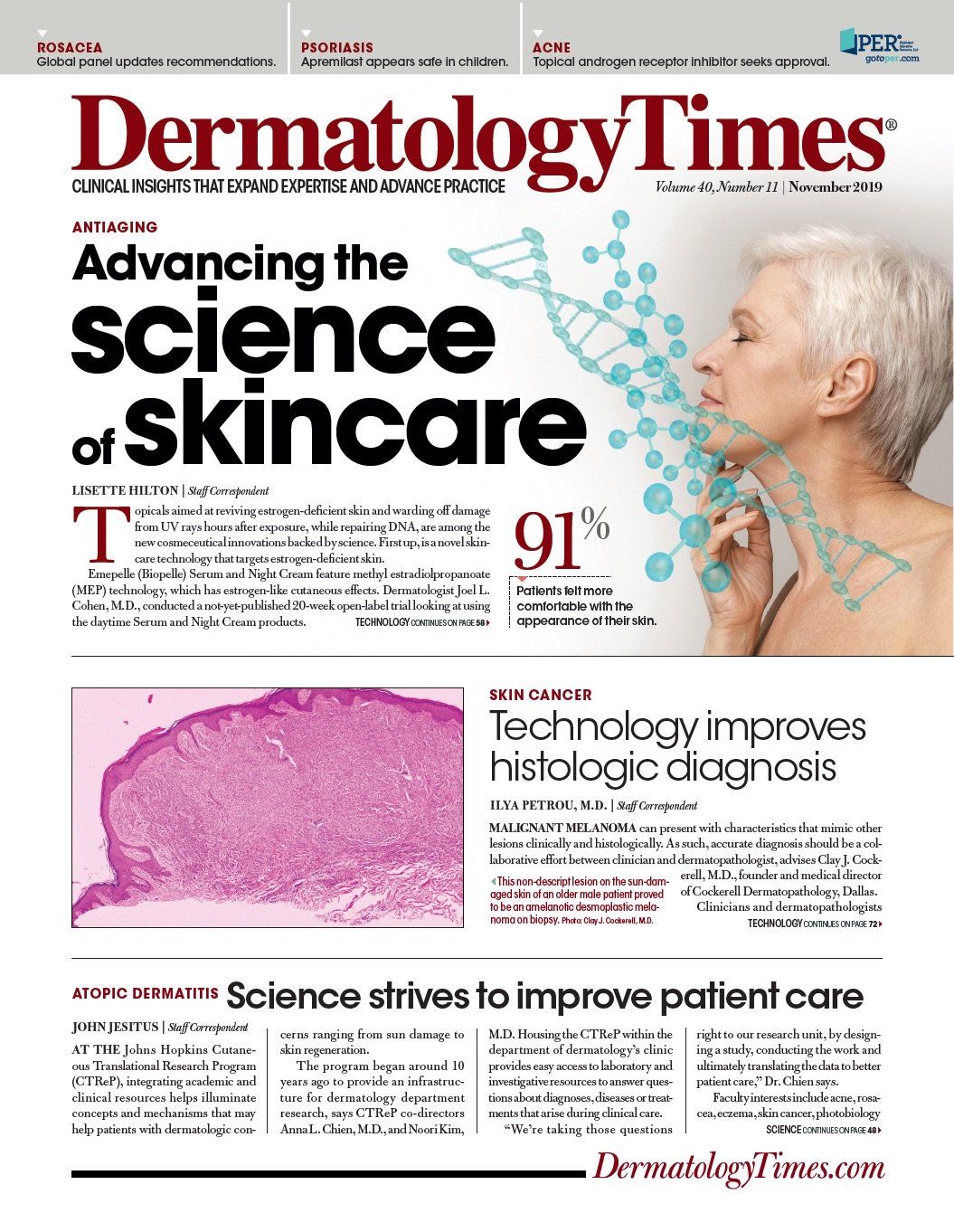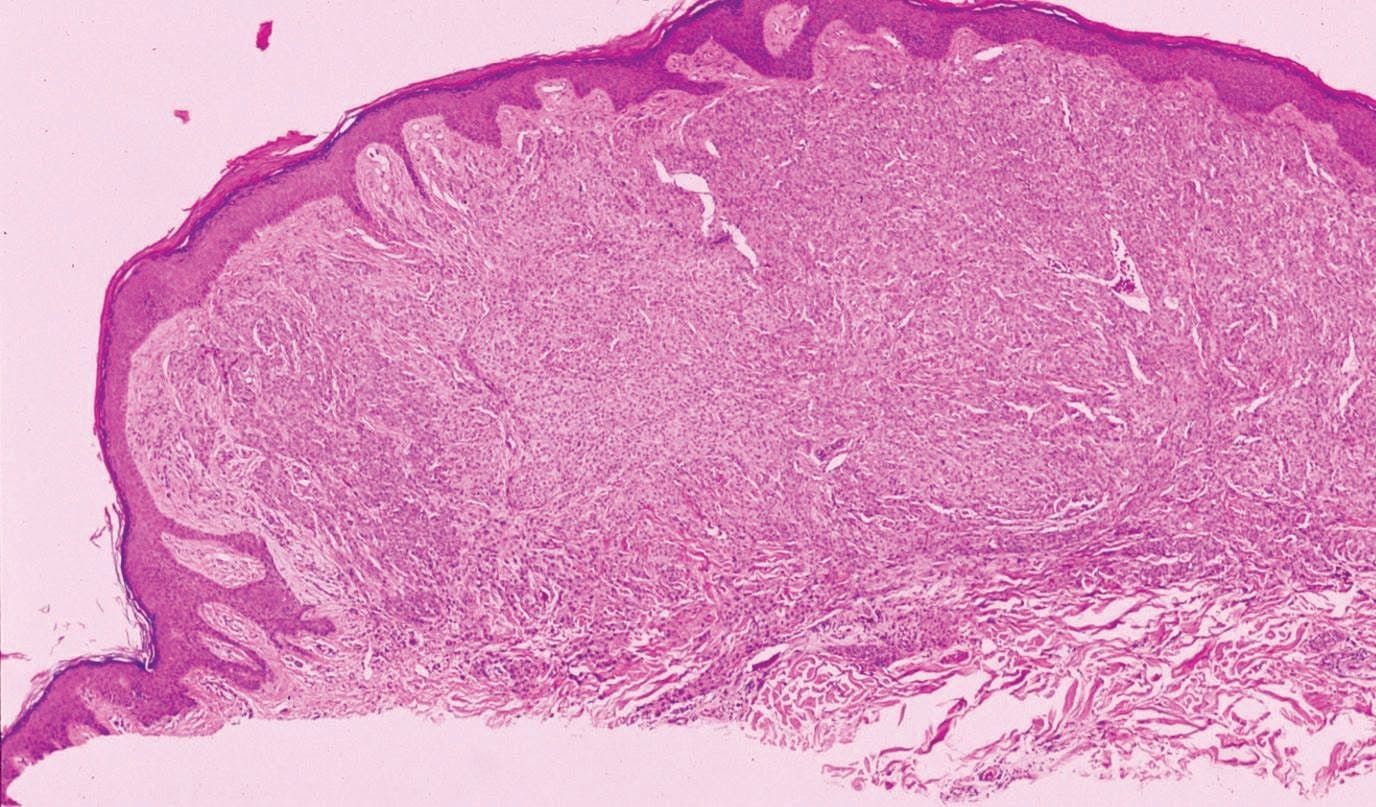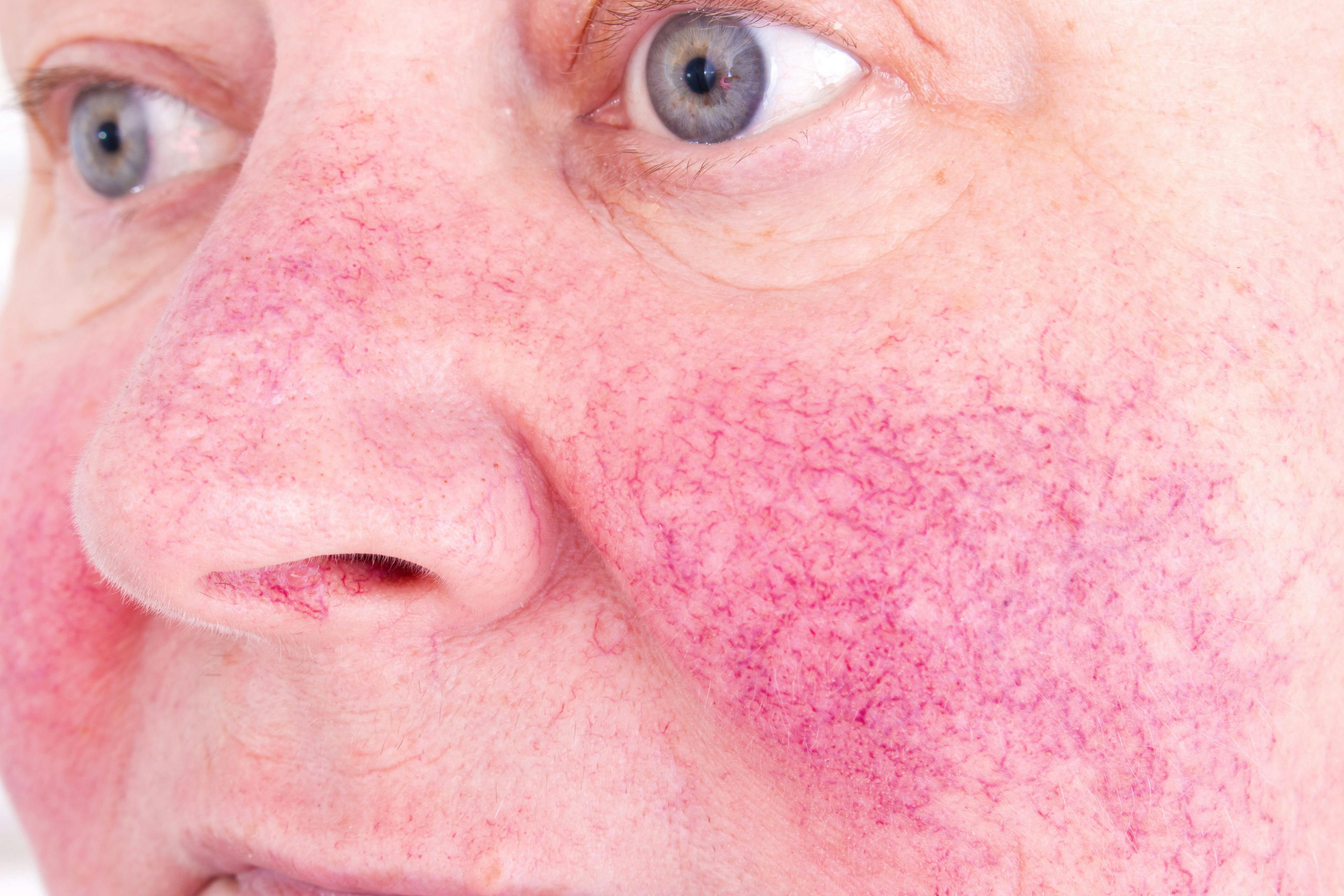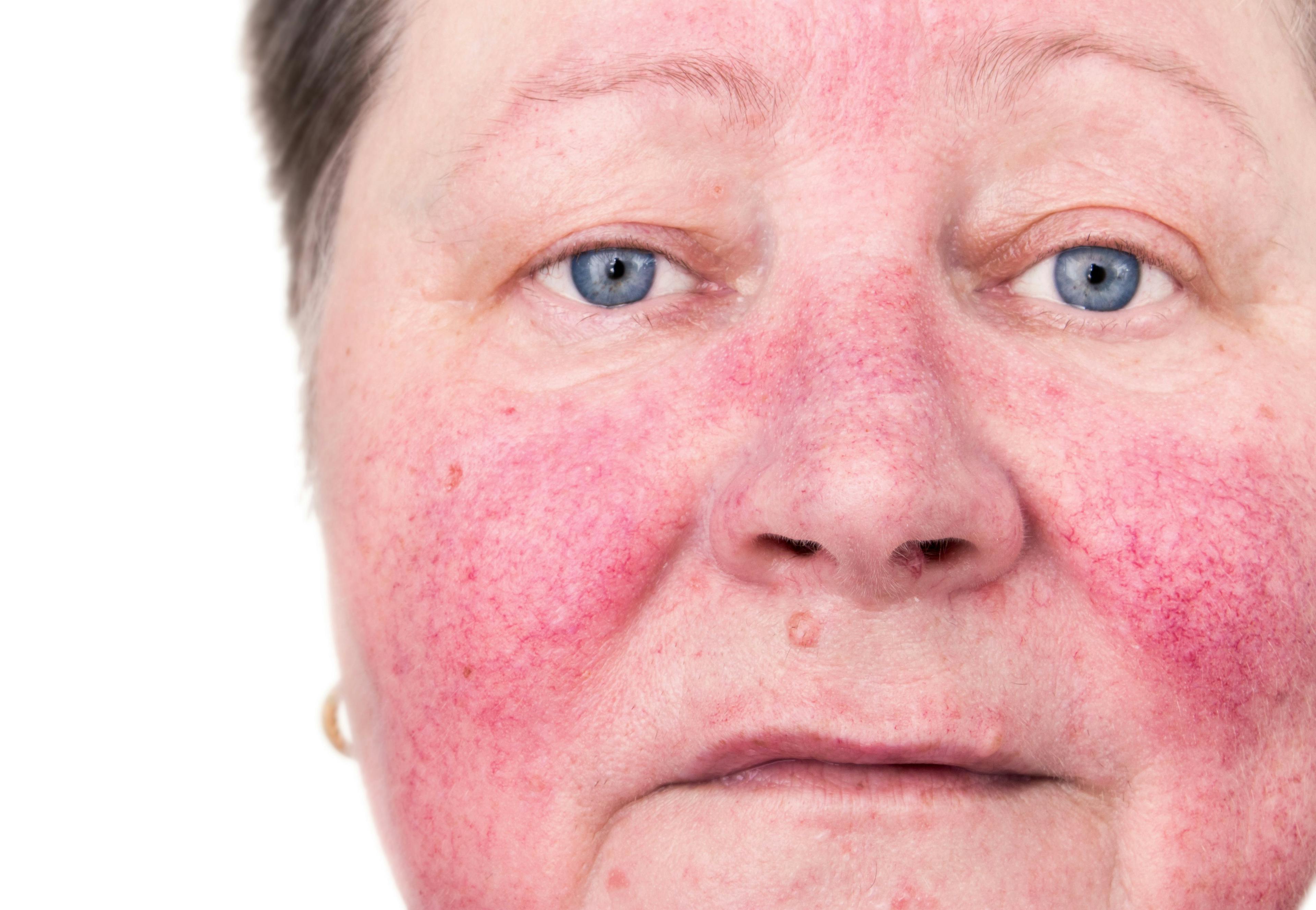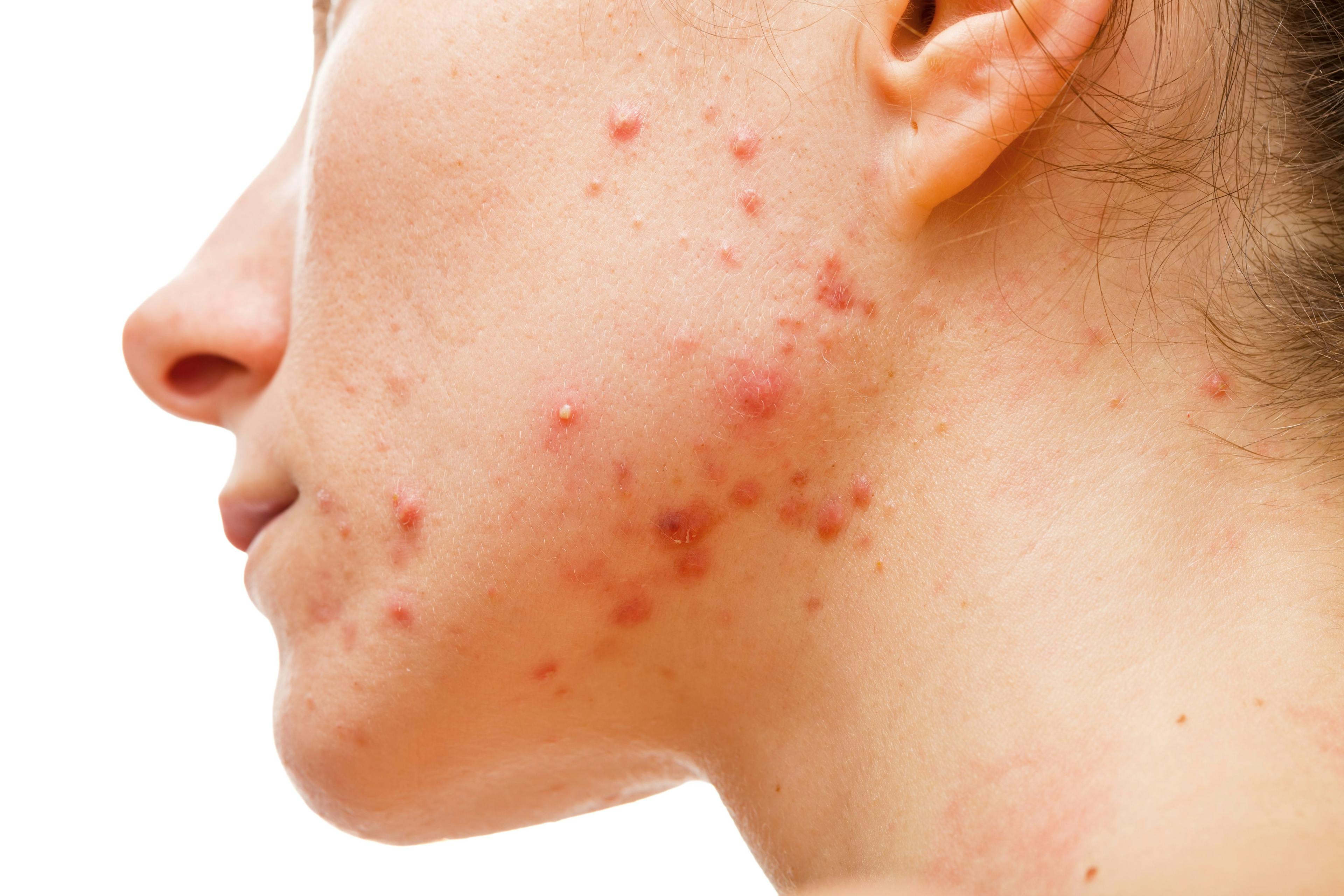- Acne
- Actinic Keratosis
- Aesthetics
- Alopecia
- Atopic Dermatitis
- Buy-and-Bill
- COVID-19
- Case-Based Roundtable
- Chronic Hand Eczema
- Drug Watch
- Eczema
- General Dermatology
- Hidradenitis Suppurativa
- Melasma
- NP and PA
- Pediatric Dermatology
- Pigmentary Disorders
- Practice Management
- Precision Medicine and Biologics
- Prurigo Nodularis
- Psoriasis
- Psoriatic Arthritis
- Rare Disease
- Rosacea
- Skin Cancer
- Vitiligo
- Wound Care
Publication
Article
Dermatology Times
Narrow spectrum tetracycline for moderate-to-severe acne
Author(s):
In this article, we highlight how sarecycline fits into the current treatment offerings for moderate-to-severe acne.
“Sarecycline’s narrow antibacterial spectrum may possibly result in reduced dysbiosis of gut and vaginal flora, which can reduce adverse effects, such as diarrhea or vulvovaginal candidiasis. Moreover, sarecycline has shown low potential for inducing bacterial resistance,” says Angela Yen Moore, M.D. (Ocskay Bence - stock.adobe.com)
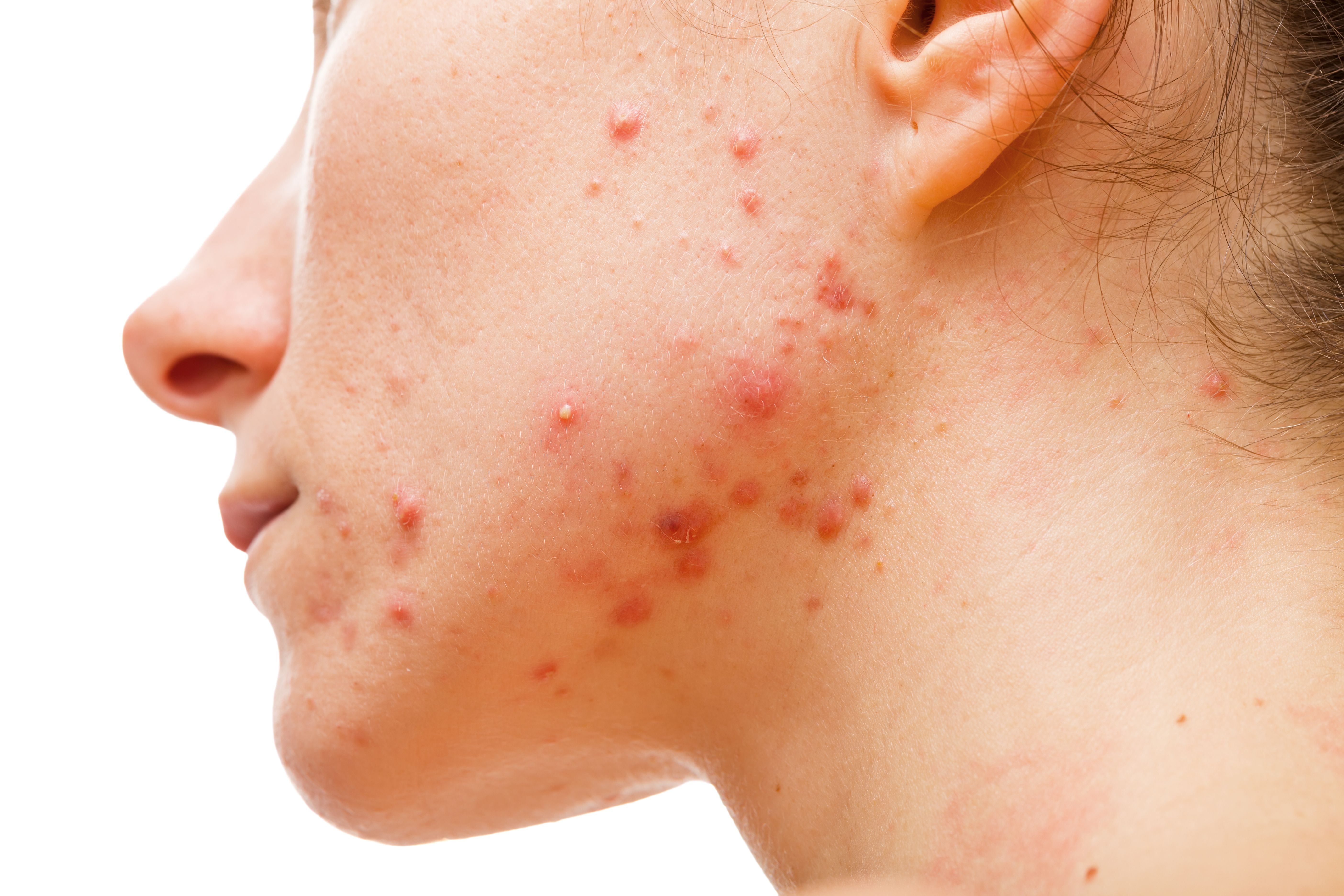
The American Academy of Dermatology has urged physicians to be mindful choosing antibiotics because of the growing threat of antimicrobial resistant, so, in addition to efficacy, physicians need to consider the negative implications for bacterial resistance and potential effects of medications on human microbiota when making treatment choices, say the authors of a review published in Future Microbiology.1
Oral antibiotics are widely used to treat patients experiencing inflammatory lesions in moderate-to-severe acne vulgaris, and the broad-spectrum tetracycline antibiotics doxycycline and minocycline are popular choices. However, they are associated with side effects including diarrhea and vaginal candidiasis, as well as increased bacterial resistance. There are growing concerns about the overuse of antibiotics in the tetracycline family due to a surge in tetracycline-resistant organisms.
NEW: Acne patients open to antibiotic-free treatment
Another tetracycline, sarecycline, was approved last year by the FDA for moderate-to-severe acne vulgaris in patients aged 9 years of age and older. Sarecycline possesses anti-inflammatory properties and potent activity against Gram-positive bacteria, including activity against multiple strains of Cutibacterium acnes, while exhibiting minimal activity against enteric aerobic Gram-negative bacteria.
While sarecycline demonstrated comparable efficacy to doxycycline and tetracycline against C. acnes, macrolide resistant organisms, methicillin-susceptible and resistant isolates as well as Staphylococcus epidermidis, it had four- to eight-fold less activity against bacteria that are part of the normal human microbiota.2
It is believed that disruption of gastrointestinal tract microbiota associated with use of doxycycline and minocycline may contribute to the increased incidence of gastrointestinal side effects, diarrhea, intestinal and vaginal fungal overgrowth and vaginal candidiasis, particularly in patients receiving prolonged oral therapy. Multidrug-resistant Gram-negative infections are increasingly prevalent and a source of major morbidity and mortality.
“Doxycycline and minocycline exhibit a broader antibacterial activity spectrum, which may result in overgrowth of tetracycline-resistant organisms such as Candida albicans. The broad antibacterial spectrum can also negatively impact the human intestinal microbiota with potential impact on health,” explains lead author Angela Yen Moore, M.D., from Arlington Research Center, Arlington, Texas.
“Sarecycline’s narrow antibacterial spectrum may possibly result in reduced dysbiosis of gut and vaginal flora, which can reduce adverse effects, such as diarrhea or vulvovaginal candidiasis. Moreover, sarecycline has shown low potential for inducing bacterial resistance,” she adds.
RELATED: Novel topical and oral acne drugs stir excitement
Tetracycline, doxycycline and minocycline also cross the blood–brain barrier, which may explain the potential side effects of pseudotumor cerebri, headaches and dizziness, whereas as sarecycline is less likely to cross the blood–brain barrier.
Because no difference in bioavailability was observed when taken with food, sarecycline has FDA approval to be taken with or without food, without any warnings to avoid food, iron, antacids or calcium supplements, unlike other antibiotics in the tetracycline family. Tetracyclines generally need to be taken with a full glass of water, either two hours after eating or two hours before eating because they bind with food and also easily with magnesium, aluminium, iron and calcium, which reduces their ability to be completely absorbed by the body.
Older tetracyclineclass antibiotics have been linked to staining of permanent teeth in children,3 and subsequently tetracycline antibiotics have been licensed for use only in children above the age of 8, when the period of odontogenosis ends.
Sarecycline is a viable treatment option for prepubertal children, Dr. Moore says. “Newer class tetracyclines, such as doxycycline, have lower calcium binding capacity in comparison with older tetracyclines. Multiple studies have been published showing that use of doxycycline before 8 years of age show no sign of permanent teeth staining.”
The efficacy and safety profiles of sarecycline were evaluated in two identically designed, multicenter, double-blind, Phase 3 studies involving 2002 patients aged between the ages of 9 and 45 years of age with moderate-to-severe acne vulgaris.4 Patients were randomized to receive sarecycline at 1.5 mg/kg or placebo for 12 weeks and assessed at three week intervals.
RELATED: A shift in acne treatment guidelines
Treatment success was defined as at least a 2-grade improvement in IGA score. For facial lesions a significantly greater proportion of sarecycline patients achieved this endpoint compared to those receiving placebo (21.9% and 22.6% versus 10.5% and 15.3% percent). Statistically significant reductions in inflammatory lesions were observed by week 3, and at week 12 there was a mean percentage reduction in inflammatory lesions of (51.8% and 49.9% for sarecycline versus 35.1% and 35.4% with placebo).
Statistically significant improvements were seen in both acne on the chest and the back at week 12 in patients taking sarecycline versus those on placebo.
The most common adverse events noted in the trials were nausea, headache and vomiting. Because of the known adverse events associated with antibiotics in the tetracycline family of antibiotics, certain adverse events were of interest. Compared with placebo more vulvovaginal candidiasis and vulvovaginal mycotic infections, nausea and sunburn were noted in the sarecycline group but there was no increase in vomiting, diarrhea, esophagitis, dizziness, tinnitus, vertigo and pseudotumor cerebri.
“Sarecycline has significant effects on inflammatory lesions, but it was also noted to show statistically significant effect on noninflammatory acneiform lesions at certain time points,” says Dr. Moore. “Further investigation needs to be done on the exact effect of sarecycline on noninflammatory lesions. However, a possible theory is that during early stages of comedone development, sarecycline possibly has an anti-inflammatory effect on early inflammatory pathways.”
References:
1. Moore AY, Charles JEM, Moore S. Sarecycline: a narrow spectrum tetracycline for the treatment of moderate-to-severe acne vulgaris. Future Microbiol. 2019 Sep 2. doi: 10.2217/fmb-2019-0199. [Epub ahead of print]
2. Zhanel G, Critchley I, Lin L-Y, Alvandi N. Microbiological profile of sarecycline, a novel targeted spectrum tetracycline for the treatment of acne vulgaris. Antimicrob. Agents Chemother. 63(1), e01297–e01218 (2019).
3. Conchie J, Munroe J, Anderson D. The incidence of staining of permanent teeth by the tetracyclines. Can. Med. Assoc. J. 103(4), 351(1970).
4. Moore A, Green LJ, Bruce S et al. Once-daily oral sarecycline 1.5 mg/kg/day is effective for moderate to severe acne vulgaris: results from two identically designed, Phase III, randomized, double-blind clinical trials. J. Drugs Dermatol.17(9), 987–996 (2018).
